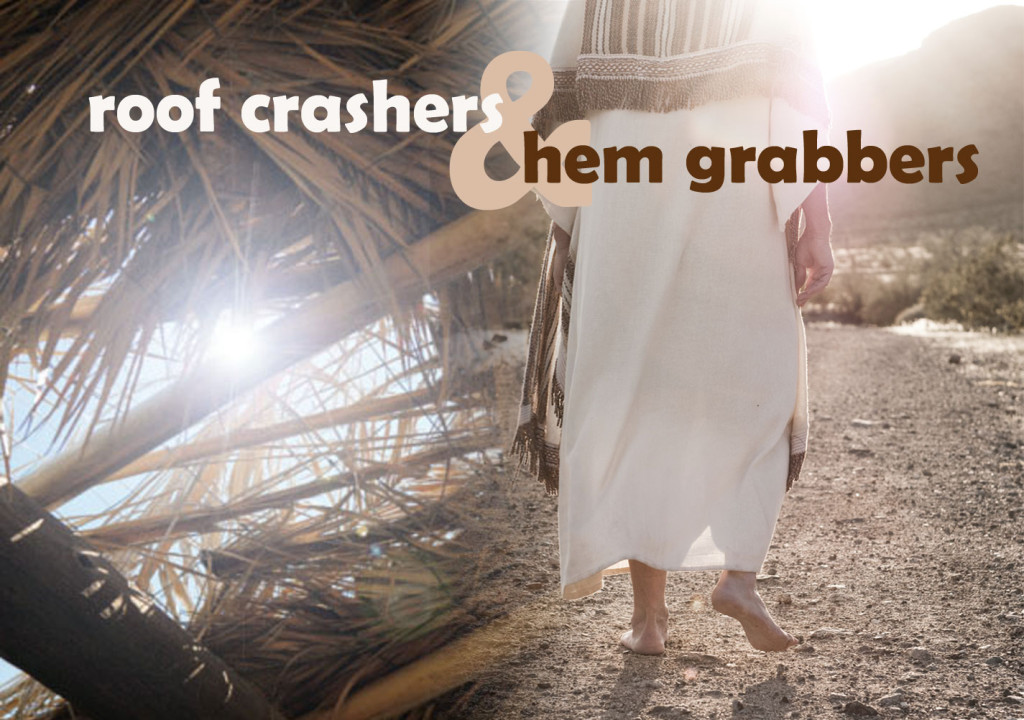1928, 2017, 10
Today we’re starting our Historic Liturgies project at St. Francis.
We really started it last week with the 1979 prayerbook liturgy that we use every week, but that’s so familiar it doesn’t really count.
This is the first week we’ll really strike out to try something different with our 1928 prayerbook liturgy.
Next week we’ll do 1789, then 1662, and finally 1549, the first Book of Common Prayer compiled by Cranmer himself.
Robert and I have collaborated on this project, and we’ve had to shorten most of the liturgies a bit.
The older prayerbooks had long, long exhortations to communion. This goes back to the days when lay people were not used to receiving communion more than once or twice a year and had to be encouraged by the priest to come to the altar.
One bit we took out this week which I’ve since realized we really should have kept in, was the Decalogue.
The Decalogue is the recitation of the 10 Commandments in worship, and it used to be at the beginning of every service of Holy Communion.
This goes back to the days when most people were illiterate, and Cranmer and his associates hoped that hearing the 10 Commandments at the beginning of every service would help people learn and memorize them.
In the 1662 rubrics, the priest is instructed to “rehearse distinctly all the 10 Commandments,”—make sure they really hear it!
We took it out this week to shorten the service, but you’ll see we’ll have a chance to reflect on it anyway because it is our scripture today from Exodus.
A colleague told me this week of a fascinating interpretation of the 10 Commandments he read that I’d like to share with you. “At the Red Sea, God took the Israelites out of Egypt. At Mount Sinai, God took Egypt out of the Israelites.”
Wow! Isn’t that an interesting thought? Continue reading
